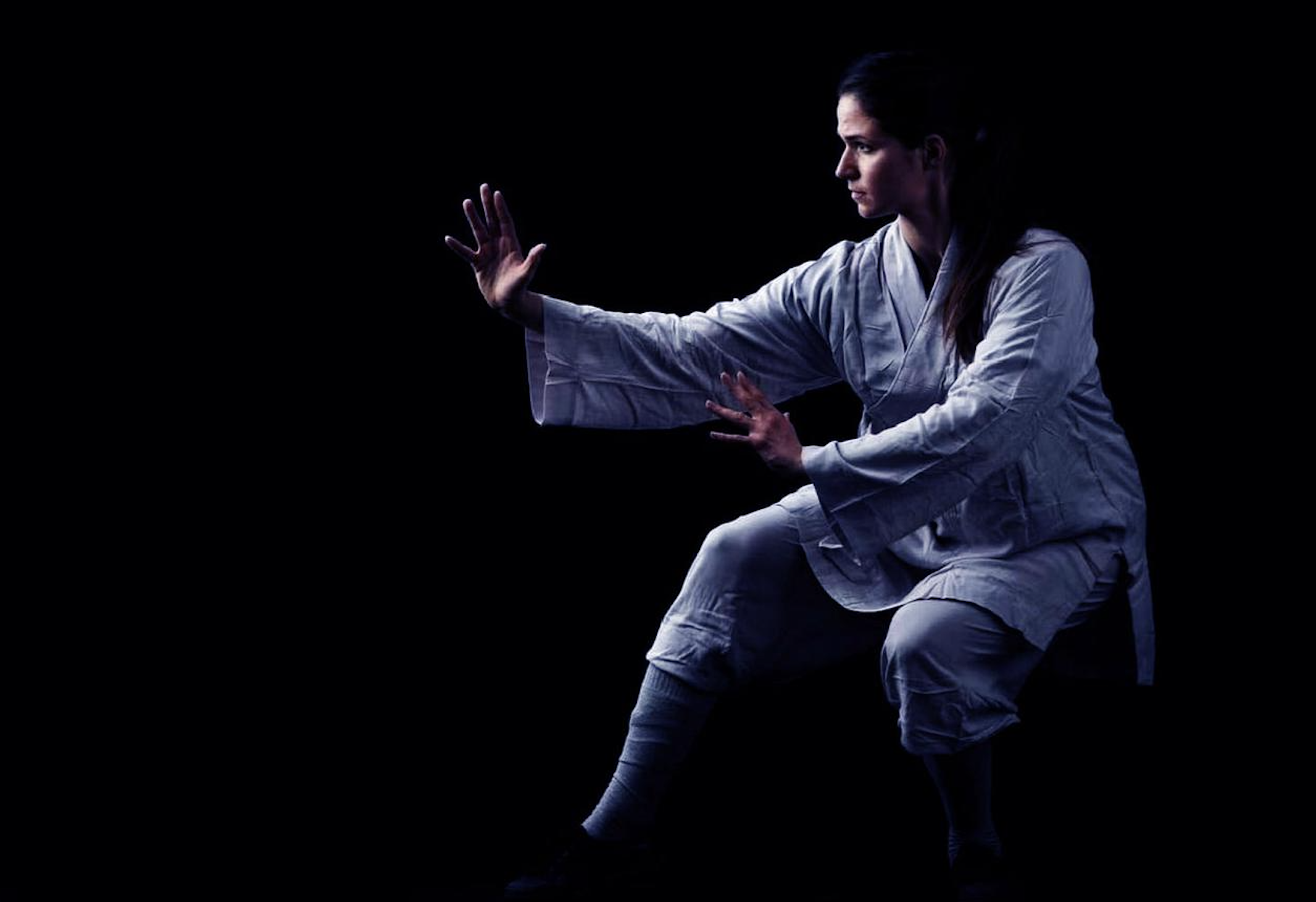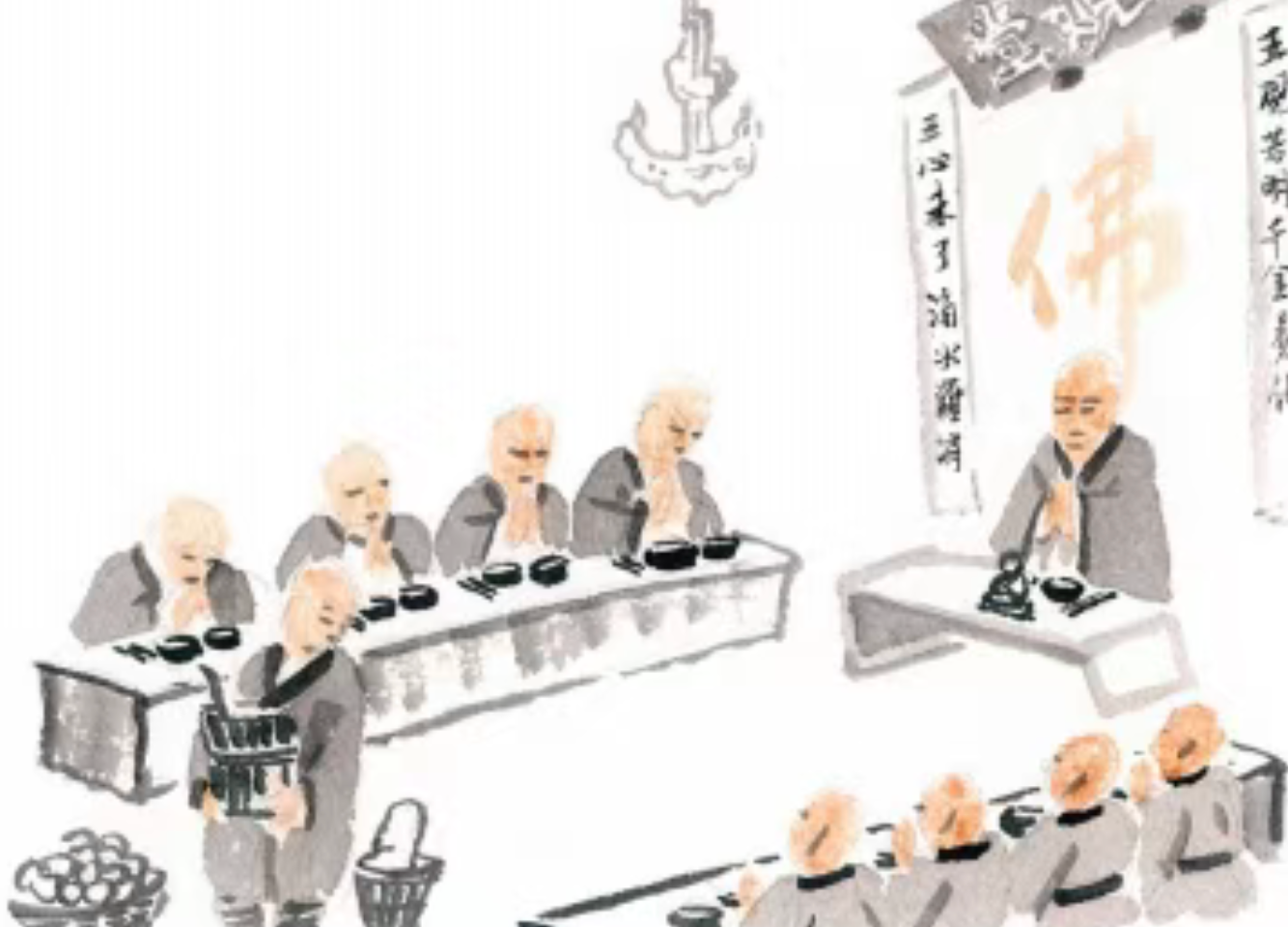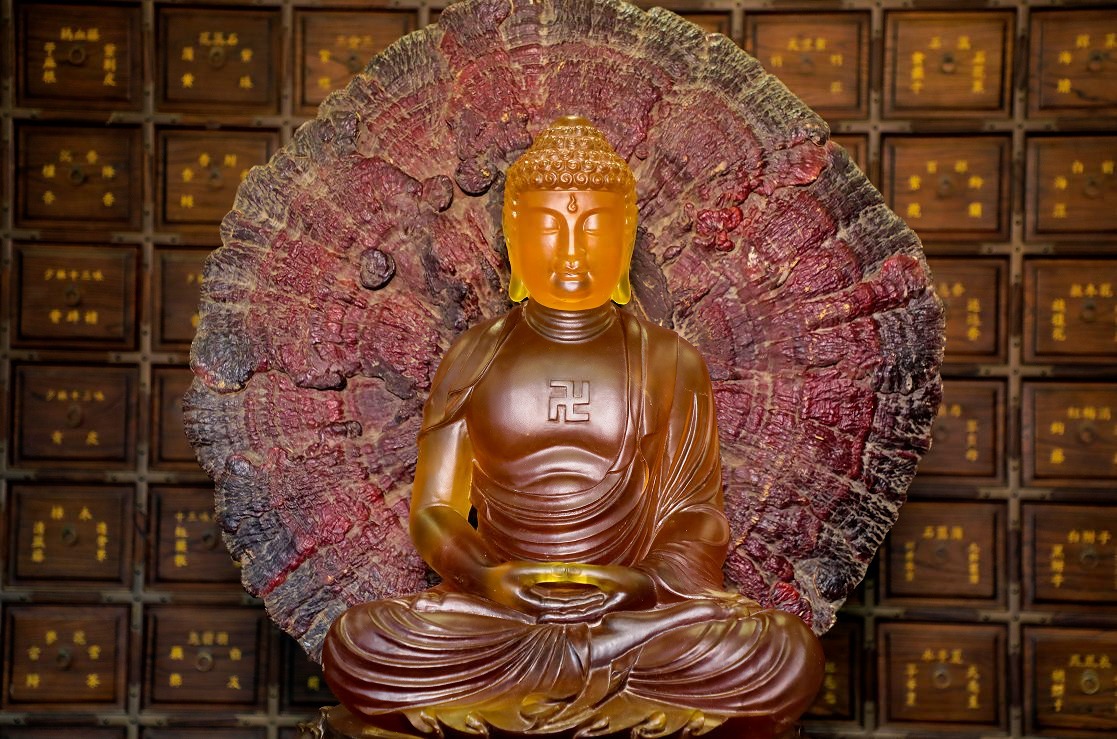
Shaolin Chan Medicine: A Legacy of 1,500 Years
Origin and Philosophy
Shaolin Chan Medicine, rooted in the Shaolin Temple on Mount Song, emerged from the fusion of ancient Indian and Chinese medical traditions over more than a millennium. This unique healing system integrates Buddhist meditation (Chan), traditional Chinese medicine, and martial arts, forming a distinctive medical philosophy.
At its core, Shaolin Chan Medicine emphasizes meditative stillness (Chan Ding) as its foundational principle, and employs traditional theories such as Qi (vital energy), meridians, blood circulation, pulse diagnosis, and visualization. Therapeutic methods include Qi transformation, Daoyin (guiding energy flow), acupressure, and massage, all aimed at healing and wellness.
Shaolin’s holistic approach to health combines four key elements:
- Practice (功法) as guidance
- Herbal medicine as treatment
- Meditation as the essence
- Vitality enhancement as the ultimate goal
This practice awakens the body’s hidden potential, strengthens internal organs, and transforms physical constitution. Shaolin’s extensive repertoire includes diverse Qigong exercises, secret medical formulas handed down through generations, and martial techniques for both healing and longevity.
Historical Development
Early Foundations
The roots of Shaolin medicine date back to the temple’s founding. As an imperial monastery, Shaolin owned vast lands and had a structured monastic lifestyle emphasizing meditation and self-cultivation. However, prolonged stillness led to circulation issues and bodily discomfort, which posed challenges in self-defense and survival in the remote wilderness.
To counter these effects, monks began training in martial arts and healing. They explored local herbs from Mount Song and learned folk medicine, eventually developing secret prescriptions and therapeutic techniques. Their martial arts practice revealed dual benefits—both for self-defense and healing—leading to innovations in Qigong therapy, massage, and acupoint therapy.
What began as treatment for external injuries gradually expanded into internal medicine, evolving into a complete and unique system—Shaolin Chan Medicine.
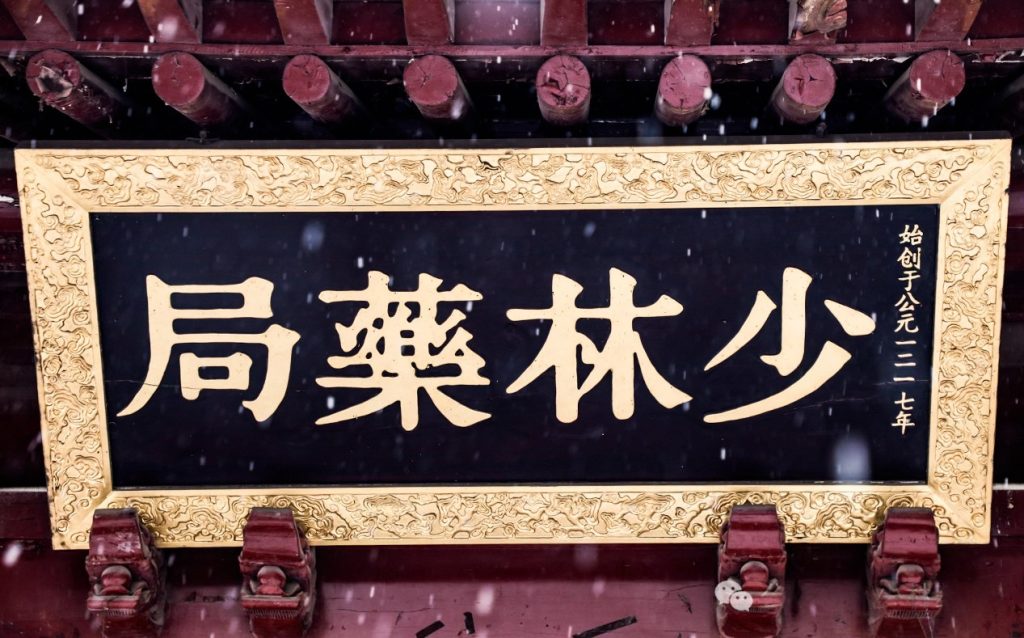
Notable Figures and Medical Contributions
Throughout history, many renowned monk-physicians emerged from Shaolin:
- Master Sengchou treated Bodhidharma with herbal decoctions.
- Huiguang, another disciple of Bodhidharma, used acupuncture to revive a coma patient.
- Damo (Bodhidharma), 28th patriarch of Indian Buddhism, introduced the “wall-gazing meditation” and Buddhist medical knowledge (“Five Sciences”) to Shaolin.
- Huike, the second patriarch of Chan, famously healed after having his arm severed, thanks to herbal remedies from fellow monks.
Important medical texts and monk-physicians include:
- Hongzun & Zhigang (Northern Wei): Revered as living Buddhas, authors of Shaolin Acupuncture Secrets and Shaolin Medical Treasures.
- Zisheng (Sui Dynasty): Mastered Qigong and acupoint healing; documented 68 key points and over 100 treatment methods.
- Zhicao, one of the famed 13 warrior monks who saved the Tang Emperor, was also a skilled healer.
- Fuhu (Late Tang): Expert in stopping internal bleeding and treating critical illnesses; wrote Ten Prescriptions for Trauma.
- Hongwen (Song Dynasty): Bone injury specialist; authored Cupping After Acupuncture.
- Jueyuan (Song/Yuan): Expert in internal medicine; wrote Effective Records of Internal Medicine from Shaolin.
- Huiding & Huiju (Yuan Dynasty): Pioneered Shaolin orthopedics and acupuncture.
- Benming, Huanxiu, Zhengdao (Ming Dynasty): Continued medical research.
- Zhanju, Jiqin, Zhenjun (Qing Dynasty): Upheld Shaolin medicine during the decline of martial arts.
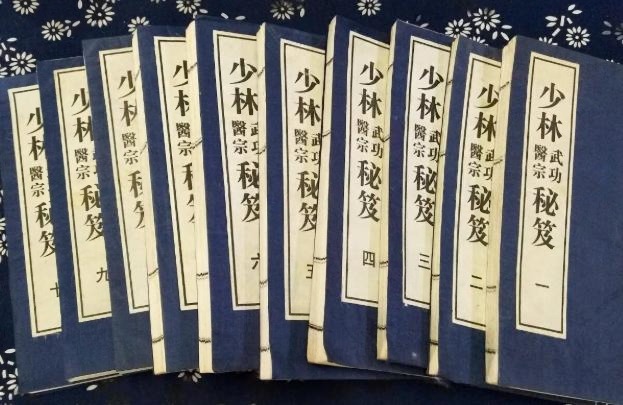
The Establishment of the Shaolin Medical Bureau
In 1217 CE, Master Zhilong became abbot and established the Shaolin Medical Bureau to care for monks and civilians alike, earning the temple the title “Medical School of Buddhism.”
Later, Master Fuyu further developed the system with a policy of integrating trauma, internal, and pediatric medicine. During the Ming Dynasty, Shaolin built a complete medical infrastructure, including:
- Medical seats (ranking monk-physicians)
- Pharmacy department (herb processing and medication)
- Monastic medical schools (training monk doctors)
Transmission and Legacy
Over time, Shaolin’s medical knowledge spread beyond the temple walls. During the Qing Dynasty, a local scholar named Jing Rizhen learned medicine from Shaolin monks and became famous for curing the Empress. He later authored Songyai Life Preservation, a respected text in traditional Chinese medicine.
The Shaolin Medical Bureau fell into decline in the late Qing and early Republican era due to political turmoil.
Modern Revival
Since 1929, and especially after China’s Reform and Opening-up, Shaolin medicine has seen a revival under the leadership of Abbot Shi Yongxin. Monks and TCM experts collaborated to restore and preserve Shaolin’s medical heritage.
In April 2000, after three years of research, the Shaolin Wugong Yizong Miji (Shaolin Martial & Medical Secrets) was published, containing previously hidden medical formulas from the 29th abbot Xingzheng, passed on to Shi Yongxin. The book is now preserved by institutions like the National Museum of China and National Library, and even by the King of Sweden.
In 2004, the Shaolin Medical Bureau was officially reinstated.
Global Impact and Cultural Heritage
Today, the Shaolin Temple is committed to:
- Preserving Chan medicine
- Promoting traditional healing
- Serving the public
- Integrating Buddhist compassion into healthcare
Shaolin Chan Medicine, with over 1,500 years of continuous transmission, stands as one of the most authentic and unique treasures of Chinese culture and intangible human heritage. It continues to resonate globally with its powerful blend of wisdom, healing, and spiritual insight.
